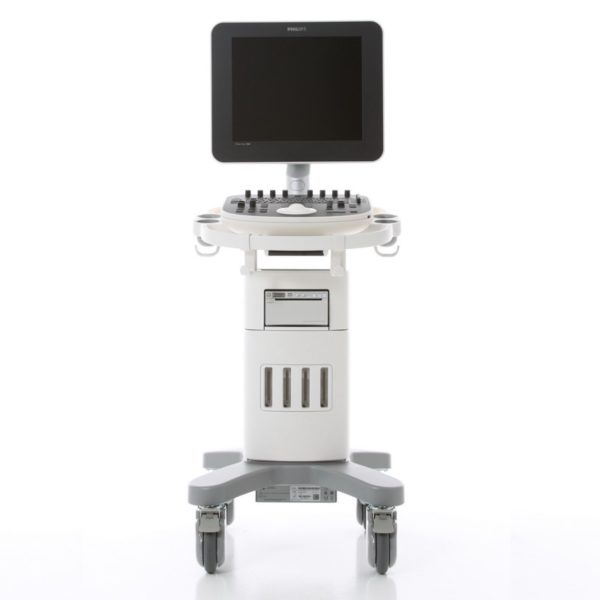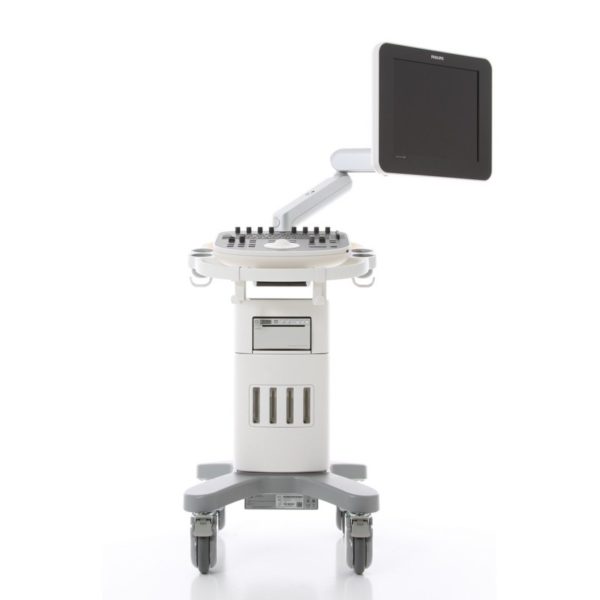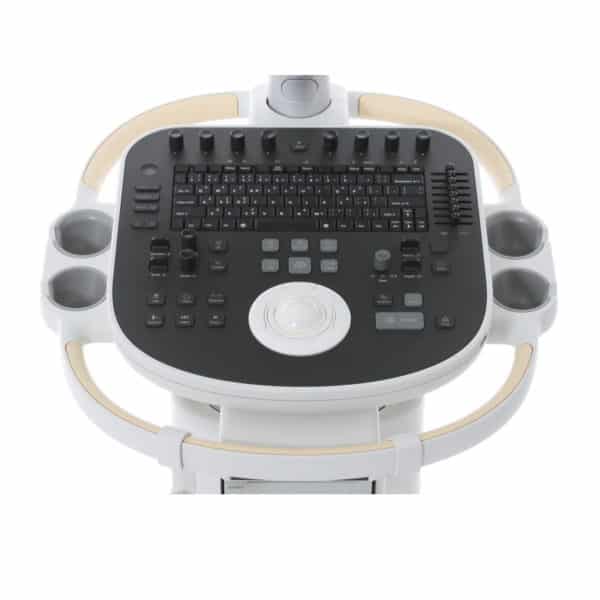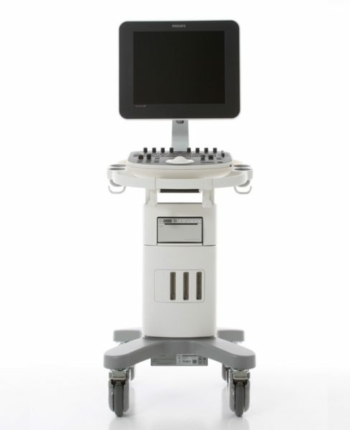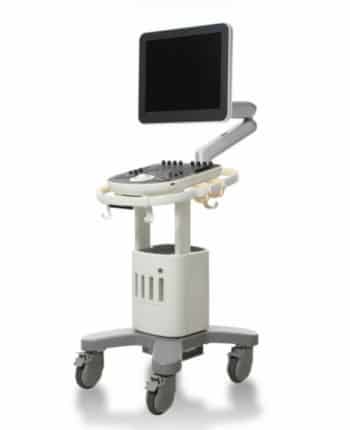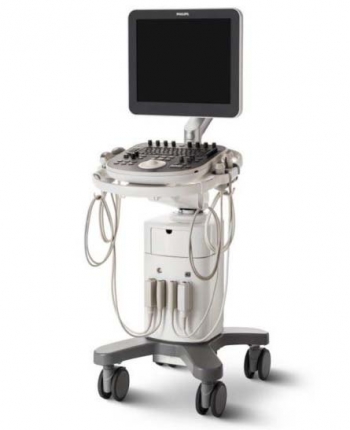Philips ClearVue 550
Call to configure, special pricing available 317-759-9210
The shared service Philips ClearVue 550 is a mid-range ultrasound machine and a step-up from the Philips ClearVue 350 ultrasound machine. The used ClearVue 550 replaces Philips’ HD9 ultrasound machine with a smaller, lightweight ultrasound machine with better image resolution.
Read More